Skin Tag Treatment
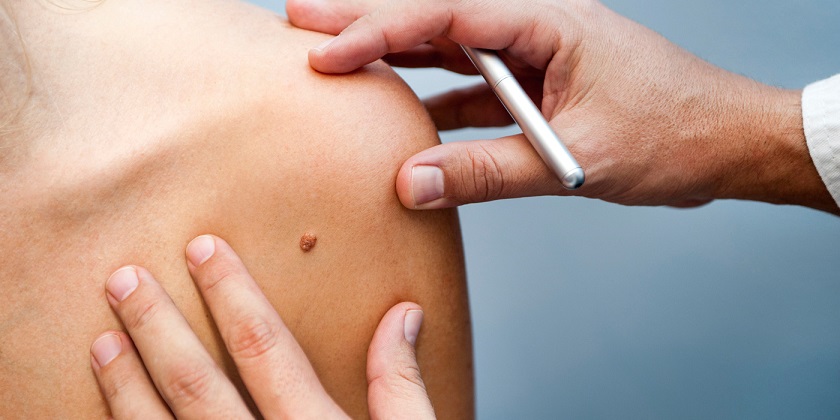
Depending on where your skin tags are located, you might not choose any skin tag treatment — out of sight can lead to out of mind. However, you might want to seek skin tag treatment for cosmetic reasons if, for instance, they are on your eyelids and detract from your appearance. Another reason to have a skin tag removed is if it is in an area that gets a lot of friction, even just from wearing clothes, causing irritation and bleeding.
Skin tag treatment is relatively simple. Options include cryosurgery — removing the tag by super freezing the skin — and cautery, burning off or destroying the tissue with heat. If the skin tag is indeed hanging, cutting it off with medical scissors is another option.
Because skin tags are considered harmless, the tissue is not usually analyzed after it’s removed the way a typical tumor would be. The exception is if a skin tag occurs on a child because it could be the beginning of a condition called nevoid basal cell carcinoma syndrome, a rare genetic condition involving skin cancer.
There is no recovery time needed, and skin tag treatment usually leaves no trace of the tag — there shouldn’t be any scarring. However, although that skin tag doesn’t grow back, new skin tags may form.
While not at all dangerous, skin tags can be a nuisance or cosmetic woe. But if yours don’t bother you, it’s perfectly fine to ignore them. One word of caution: As with any changes on your skin, if the appearance of a skin tag changes has it looked at by your doctor or dermatologist.
Bacterial Skin Infection Treatment
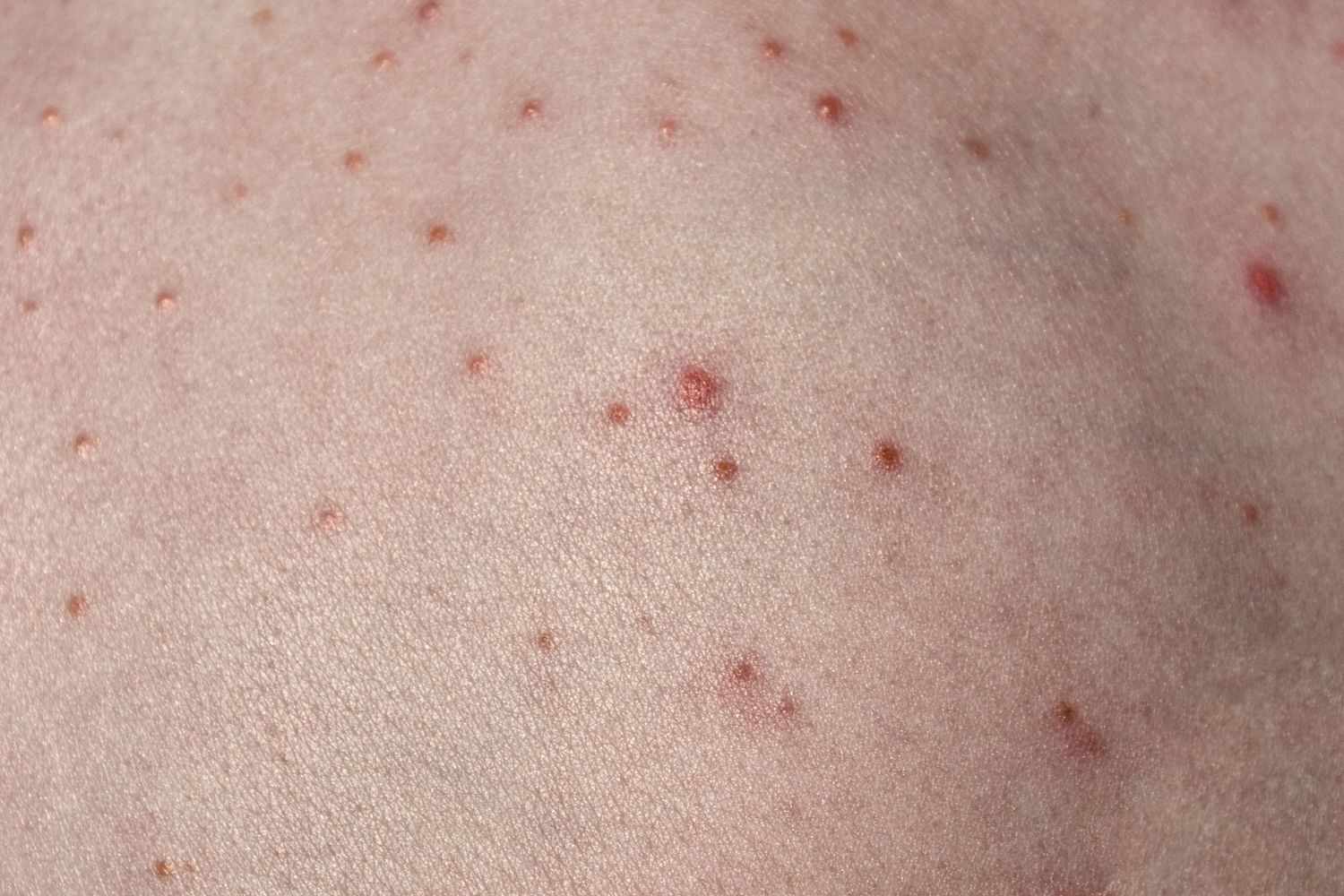
Your skin is the largest organ of your body. Its function is to protect your body from infection. Sometimes the skin itself becomes infected. Skin infections are caused by a wide variety of germs, and symptoms can vary from mild to serious. Mild infections may be treatable with over-the-counter medications and home remedies, whereas other infections may require medical attention. Read on to learn more about skin infections and what to do if you have one.
The symptoms of a skin infection also vary depending on the type. Common symptoms include redness of the skin and a rash. You may also experience other symptoms, such as itching, pain, and tenderness.
See a doctor if you have pus-filled blisters or a skin infection that doesn’t improve or gets progressively worse. Skin infections can spread beyond the skin and into the bloodstream. When this happens it can become life-threatening.
Skin Disease Treatment
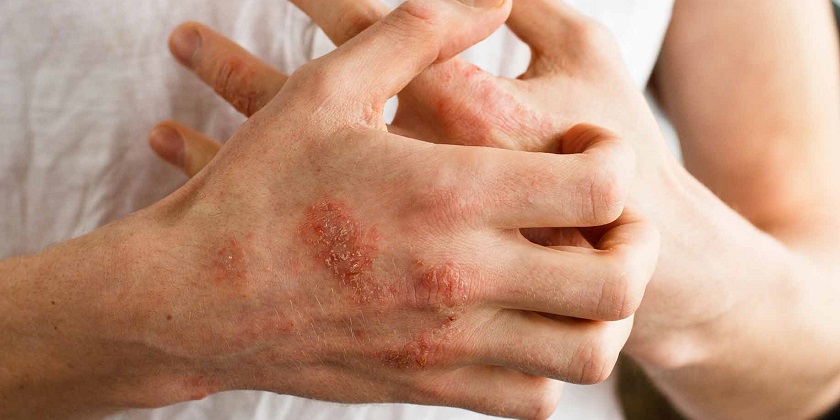
Signs of skin diseases, such as a bump, a rash or a dry patch, can be perplexing. In fact, in some cases, they can be downright anxiety-inducing.While some of these signs and symptoms are completely harmless (but nevertheless annoying), others can be warning signs of more serious medical concerns.This round-up of skin conditions and symptoms may be able to help you decode your rash.
That said, although this list of signs may be useful, it’s not a substitute for a doctor’s advice. If you’re truly concerned that a skin problem is serious or abnormal, don’t hesitate to get help. And if you’re seeing a physician but aren’t satisfied with how your condition is responding, speak up. As just noted, some skin conditions can be a warning sign of sorts, and even minor skin diseases may result in permanent scarring if not attended to promptly.
Acne/Pimple Scars Treatment

Hard pimples can be painful and long-lasting. They are some of the most difficult kinds of pimple to get rid of. Most types of pimples form when dead skin cells, oils, or bacteria block a pore. Hard pimples, such as nodules or cysts, are often deeper and more inflamed. In this article, we talk about how to treat and prevent hard pimples. We also look at different types of pimples and their causes..
Chemical Peel

Chemical peels can improve the skin’s appearance. In this treatment, a chemical solution is applied to the skin, which makes it “blister” and eventually peel off. The new skin is usually smoother and less wrinkled than the old skin.
Chemical peels can be done on the face, neck, or hands. They can be used to:
- Reduce fine lines under the eyes and around the mouth
- Treat wrinkles caused by sun damage and aging
- Improve the appearance of mild scars
- Treat certain types of acne
- Reduce age spots, freckles, and dark patches (melasma) due to pregnancyor taking birth control pills
- Improve the look and feel of skin
Areas of sun damage may improve after chemical peeling.
After a chemical peel, skin is temporarily more sensitive to the sun, so wear sunscreen every day. It should say “broad-spectrum” on the label, meaning it protects against the sun’s UVA and UVB rays. Also, it should be a physical sunscreen and be above SPF 30. Limit your time in the sun, especially between the hours of 10 a.m. and 2 p.m., and wear a wide-brimmed hat.
skin checks
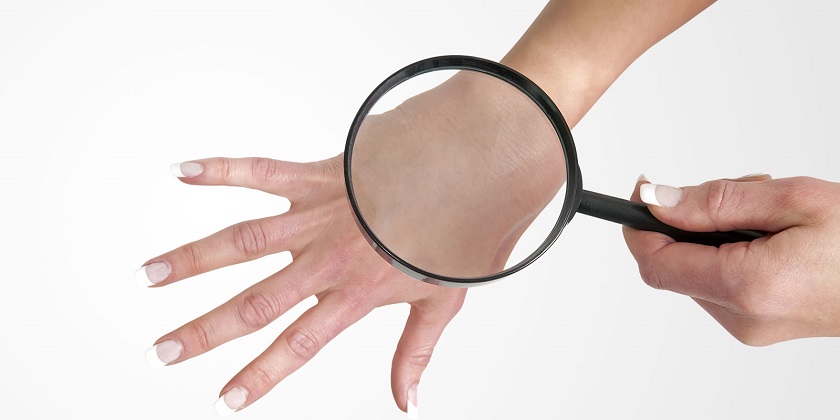
Skin Boosters and Fillers

skin Biopsy
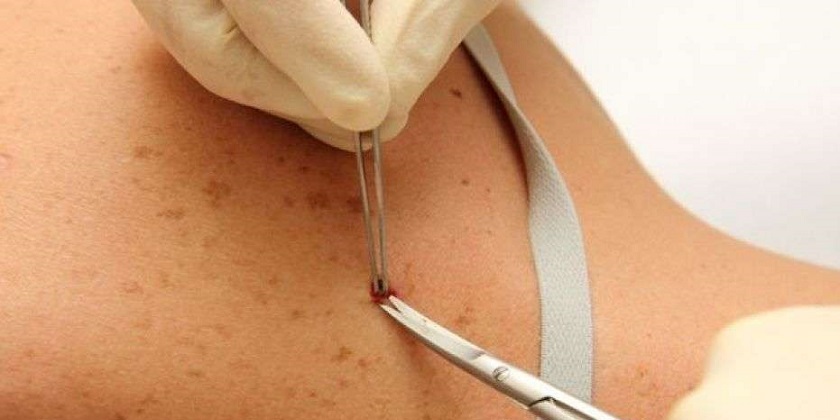
Three main types of skin biopsies are:
- Shave biopsy. A doctor uses a tool similar to a razor to remove a small section of the top layers of skin (epidermis and a portion of the dermis).
- Punch biopsy. A doctor uses a circular tool to remove a small section of skin including deeper layers (epidermis, dermis and superficial fat).
- Excisional biopsy. A doctor uses a small knife (scalpel) to remove an entire lump or an area of abnormal skin, including a portion of normal skin down to or through the fatty layer of skin.
